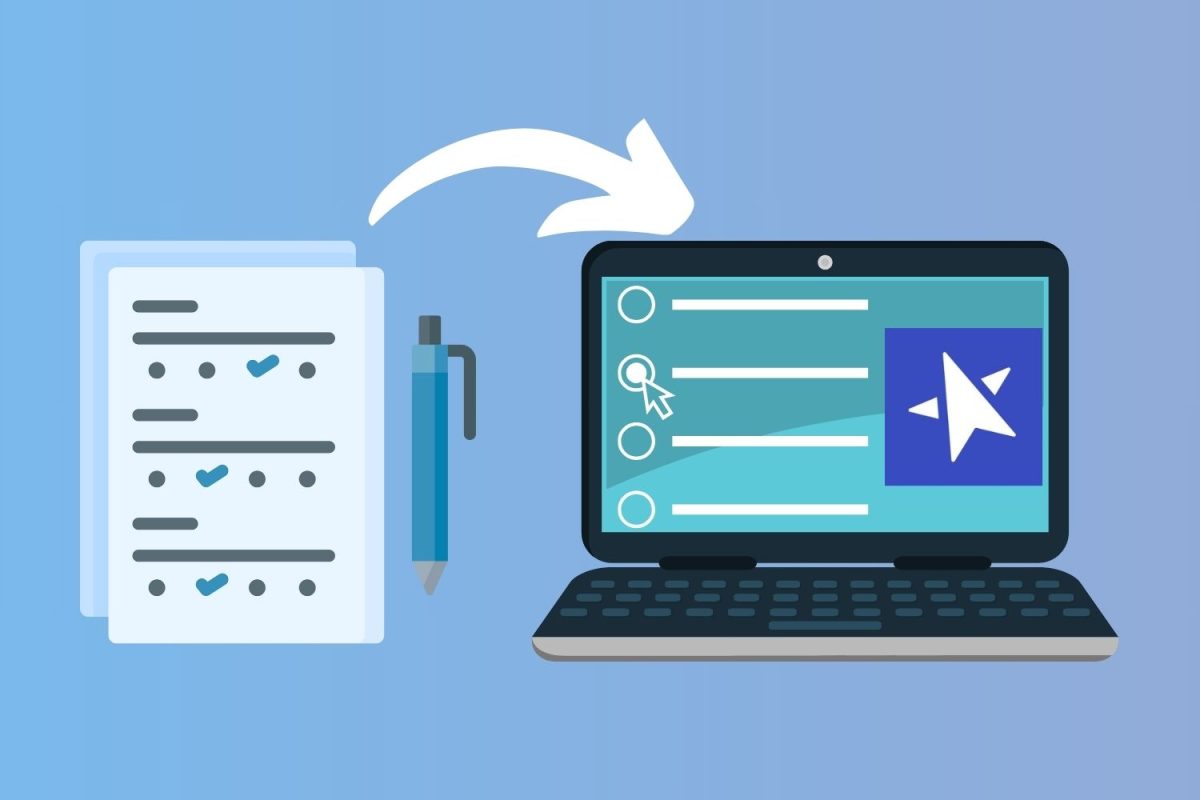This AP season, the College Board is significantly shifting the Advanced Placement (AP) testing process by transitioning 28 AP exams to a digital format. This move aims to enhance accessibility and bolster security while adapting to an increasingly online world.
The College Board is transitioning to digital AP exams as part of its strategy to modernize the testing experience. Currently, 16 AP subjects will be fully digital, and 12 will adopt a hybrid model. The hybrid model requires students to do their multiple-choice questions digitally and handwrite their free responses on paper, which will be collected and scored separately. The fully digital exams will be administered through the Bluebook application, allowing students to complete sections on their devices.
Various cheating attempts have canceled an increasing number of AP exams, prompting the College Board to move to digital examinations in 2025.
Addressing concerns about exam security, Trevor Packer, senior vice president of AP and instruction at the College Board, noted that the move was prompted by a rise in compromised exam content and unauthorized access to test materials. He emphasized that digital exams are more secure than shipping paper exams to thousands of locations weeks in advance, helping to mitigate risks associated with exam content theft.
“Unfortunately, this year, we saw a rise in bad actors compromising AP Exam content for financial gain,” Packer said. “We were able to avoid large-scale cancellations only because none of the compromised material was distributed broadly. But we believe that paper AP testing will continue to be vulnerable to theft and cheating.”
In an interview with Education Week, Packer also noted that digital AP exams would aid students to respond quickly to prompts, since they could type rather than have to handwrite answers.
To ensure a smooth transition, the College Board is providing resources to help students and educators prepare for digital AP exams. These include test previews in the Bluebook app, practice assessments, and video tutorials to familiarize students with the new platform.






